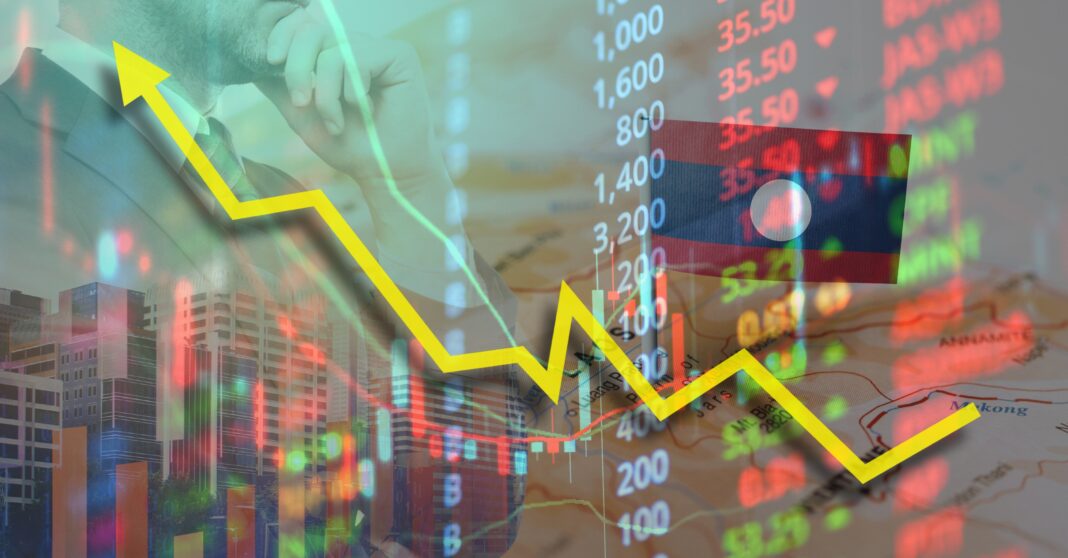The Bank of Laos has lowered its base interest rate by 0.5 percent, a move aimed at giving businesses and households some breathing room as the country navigates both domestic and international economic challenges.
The decision came during a Monetary Policy Committee meeting on 15 August, chaired by Governor Bounkham Vorachith. Officials reviewed recent economic trends and agreed that lowering the rate would support growth while helping to stabilize the financial system.
Recent data shows some improvement in the economy. Inflation from January to July 2025 averaged 10.18 percent, and in July it dropped to 5.30 percent, down from 8.3 percent in May.
The Lao kip slightly weakened, falling 0.11 percent against the US dollar and 1.19 percent against the Thai baht. The difference between commercial bank rates and market rates also grew.
Meanwhile, the money supply is still growing, showing that banking activity remains strong. The M2 money supply, which includes cash, deposits, and other liquid assets people can easily use, grew by 11.92 percent year-on-year.
In addition, foreign exchange reserves can cover about 4.91 months of imports, helping to support the stability of the Lao kip.
However, the economy still faces obstacles.
Laos relies heavily on imports, while global uncertainties such as shifts in oil and gold prices and changing policies in major economies continue to add pressure. Rising external debt also remains a concern for the stability of the Lao kip currency.
To address these issues, the committee lowered the base interest rate from 9.5 percent to 9 percent per year.
The bank will continue managing the kip under a market-based exchange rate system, keeping the reference rate at 6.5. It will also focus on better foreign exchange management, centralizing government deposits, upgrading payment systems, and improving debt control.
At the same time, efforts will focus on strengthening foreign exchange management, centralizing government deposits, upgrading payment systems, and improving debt control.
As part of its broader stimulus plan, the bank aims to make credit more accessible for businesses and explore new lending strategies to encourage growth.



